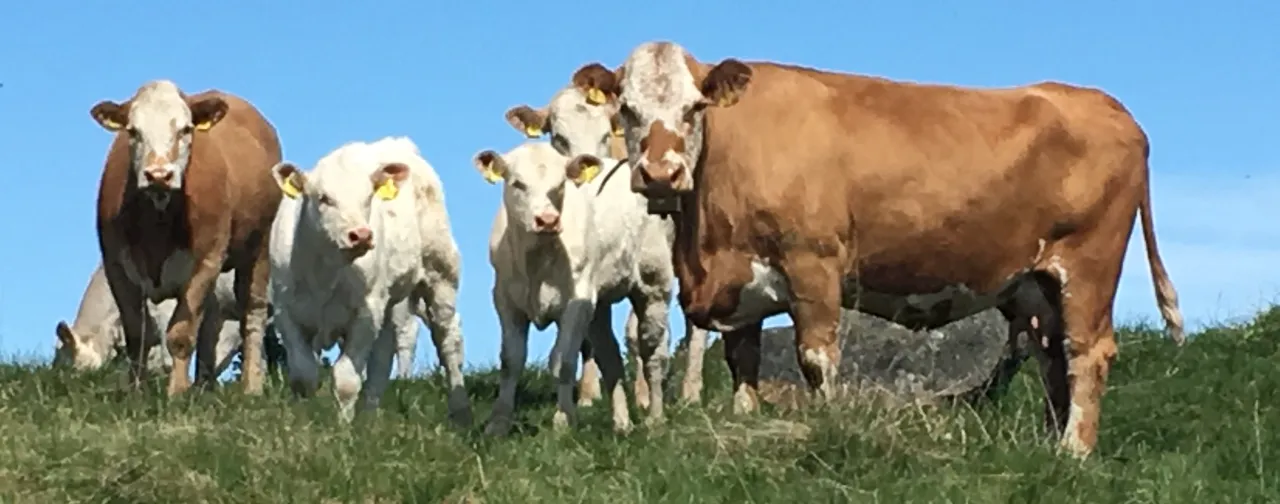Part of the mountain's identity
From June to September, the mountain at Nordseter comes to life with the sound of bells and the sight of animals grazing freely in the landscape. For many visitors, this is one of the most charming and tranquil experiences summer has to offer.
The sound of sheep bells in the distance has become a symbol of summer in the mountains. It reminds us of the rhythm of nature and the quiet life on the mountain farm – an important cultural element that is still alive and well at Nordseter.
Throughout the summer, herds of cows, calves, sheep and cute little lambs graze freely in the area. You can also see horses enjoying the summer in the lush mountain terrain. There is something very special about hiking in the mountains while sheep stroll past and cows ruminate in the grass. It gives a feeling of closeness to nature – and to the Norwegian mountain culture.
Norway has a rich tradition of letting livestock graze in the outback during the summer, a practice that is closely linked to mountain farming. This tradition has been a mainstay of Norwegian agriculture and cultural heritage for centuries. Today, it is still possible to experience a vibrant mountain farm culture and meet grazing livestock in mountain areas such as Lillehammerfjellet.
Although the animals are used to humans and usually calm and peaceful, we encourage everyone to show consideration. The animals must not be fed, and it is important to keep your distance – especially to cows with small calves, as they can feel threatened if you get close. If you go hiking with a dog, it is recommended to go another way if you meet a herd of cows and calves. Let the animals walk in peace and enjoy the experience from a safe distance.
Practical information
The grazing season lasts from 1 June to 15 September. During this period, you can meet livestock over large parts of the mountain area, both on trails and near cabins and trails. Take extra care when driving and walking your dog. If you see any injured animals, you can read what to do here:


